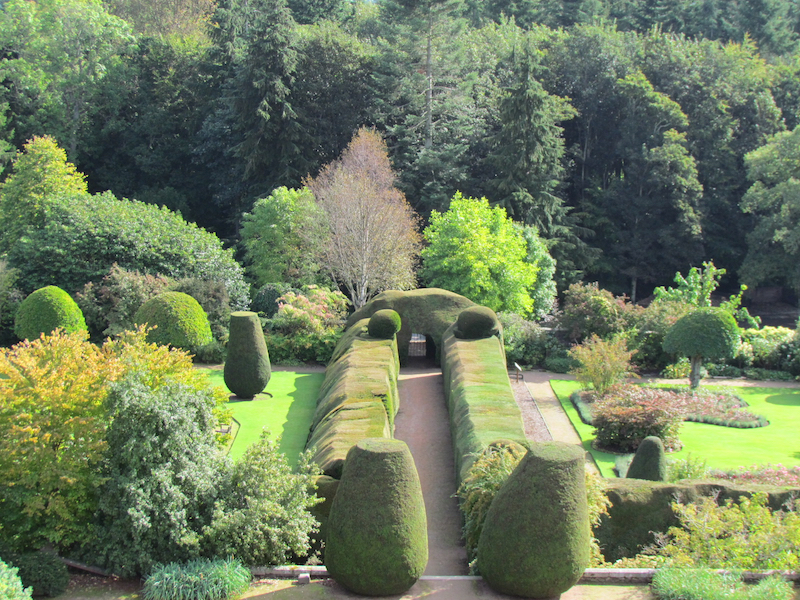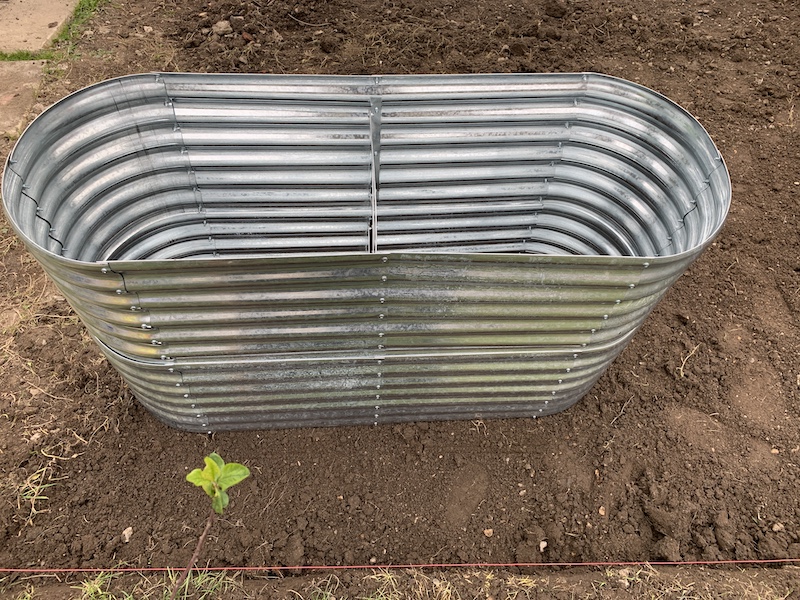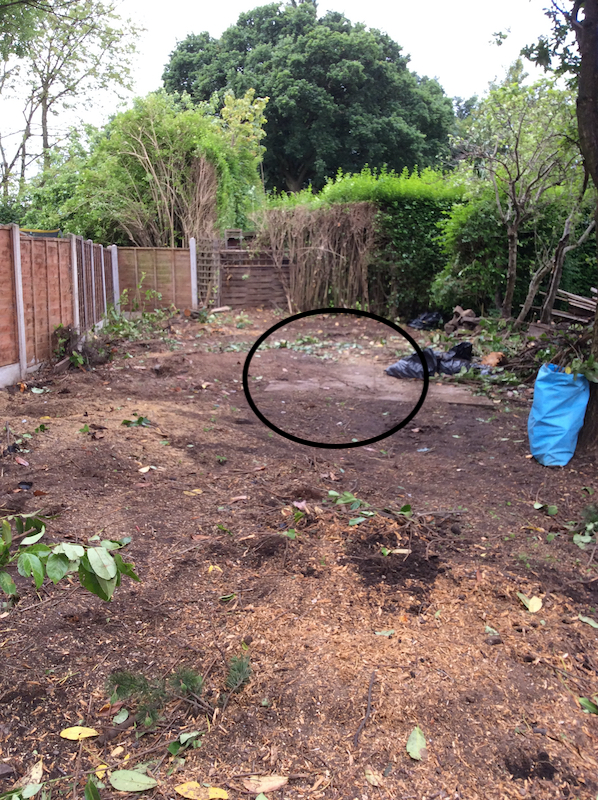Deciding on a Garden Design
 One of the gardens at Crathes Castle
One of the gardens at Crathes CastleChoosing a garden design comes in many forms from the small house garden to the large multi sectional gardens of large estates.
Castles, Palaces, Stately Homes and Manor Houses are able to zone off their gardens into many of the different designs. This is due to the size of their estates and the gardening teams that look after them.
Charities such as "The National Trust" and "English Heritage" sometimes take over the running of estates and will bring many neglected gardens back to how they used to be. These will then be opened to the public for all to visit and many are really interesting, especially when you think of what tools and resources people had a long time ago.
These larger estates could have a kitchen garden to supply the food to the cook, a terrace looking down on a formal garden or a path leading through an informal garden down towards a lake and then beyond to a woodland or wildlife garden.
Remember when designing a garden it should be designed around those who are going to use it.
There is no point in having a bowling green lawn if you have a dog or young children as these lawns do not tend to like a lot of walking on.
Types of Garden Designs
Cottage Garden
This type of garden is one that you would think of surrounding a country cottage. This has a mix of plants for eating and those for decoration and can look a little cluttered with winding paths.
Formal Garden
This type of garden would be found in the grounds of a stately home. These are usually symmetrical with clear shape and structure. The shape is usually geometrical.
Happy Garden
Who wouldn't want one of these? This is a heading I made up and it is a garden that has something to suit each member of the family. A place to be happy.
Informal Garden
This type of garden is probably the opposite to a formal garden. Its characteristic is to follow the land as it is and not change and manipulate the surroundings.
Kitchen Garden
This garden is usually separate from the main gardens and good examples are those linked to stately homes or estates. These gardens are placed near to the kitchen and grow all the produce that would have been used for that particular household.
Wildlife Garden
This type of garden provides for the wildlife that live near or within its boundaries. Plants that are grown provide food. There would be shelter to live or hibernate in. Water to drink from and places to hide for safety.
Where we live can also dictate the type of gardens we have. This can be regional where a particular type of plant thrives or the style of the house as the garden can be designed to reflect this.
Gardens near the seaside will have very different criteria than one near a wood. There will be plants and flowers that like each particular place.
There is also no reason why in a family garden there can't be different design types in different corners.
With effort, determination and a large degree of work a beach garden can be made miles from the sea if that is your wish.
There is nothing stated where it says that a garden needs grass. I have seen lots of lovely gardens that only have meandering paths with flowers in abundance. They can be wide enough to take a wheelchair and even children on bikes would love to ride along the paths.
Small home gardens can be sectioned off like the larger estate ones or made into zones bearing in mind the direction of the sun and possibly the sheltering wind. A sheltered area behind a shed would be great for a covered sandpit area for the children. An existing mature tree could provide a base for a swing.
Finding a Focal Point
Each garden should have some sort of focal point, that is something whether it is a plant, tree, path or statue to draw your attention when looking at the garden from the house.
Gardens are usually nice to look at and can give a restful relaxing feeling.
Many different seating area in different parts of the garden offers the chance to see all aspects looking back to the house as well as away from it.
A path can be used to give a sense of wonder if it leads behind a tree or a shed. It may only lead to a seat and not anywhere else but with that as a focal point and some clever planting, the garden can look longer that it actually is.
The garden design will go hand in hand with the garden plan, the direction it faces and the choice of plants to suit the soil.
Enjoy creating your inspirational place.
- Home
- Garden Designs


